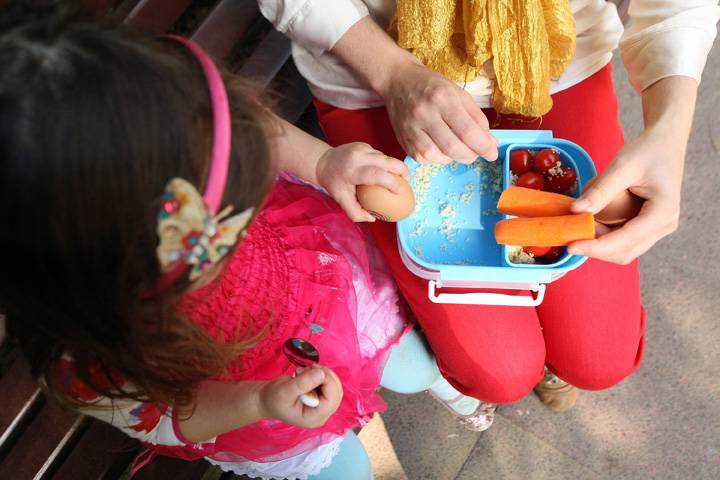REGINA – While one in four Saskatchewan children live in poverty, the rate is significantly higher for First Nations or Metis children: 64 percent of Aboriginal children live below the poverty line.

“Poverty in Saskatchewan is what we would call racialized,” explained Jo-Ann Episkenew, Indigenous People’s Health Research Centre Director and member of the Advisory Group on Poverty Reduction (a group appointed in 2014 by the Saskatchewan government). The advisory group released recommendations in August to cut Saskatchewan’s poverty rate in half.
Episkenew added that certain groups are more likely to be impacted by poverty such as single parent families, recent immigrants, people with disabilities and First Nations and Métis.
Carol Pelletier is a Regina mother of four with an undergraduate degree in Indian Studies. She said working, having kids and going to university while struggling to pay the bills each month is a tough reality.
“I was pregnant with my daughter, and I went on mat leave and E.I. (but) I couldn’t afford my rent. So I ended up moving in with my sister and gave up my apartment.”
Eventually she went to social services and returned to work early from her maternity leave. Years later after her fourth child was born and she had finished her degree, Pelletier declined a higher paying job because it bumped her into a higher tax bracket.
- Roll Up To Win? Tim Hortons says $55K boat win email was ‘human error’
- Bird flu risk to humans an ‘enormous concern,’ WHO says. Here’s what to know
- Halifax homeless encampment hits double capacity, officials mull next step
- Ontario premier calls cost of gas ‘absolutely disgusting,’ raises price-gouging concerns
Her employer was accommodating, but she said, ” I never did qualify again for my daycare subsidy because of the fact that it took me that long to get them in a daycare and wait on a list and finally when I lost the spots -” she motioned a gesture of defeat. “So my mom helps out now with my babysitting.”
Pelletier works full-time at the North Central Family Centre as a culture coordinator. She also helps individual clients with work preparation and job skills development. Many are women and mothers in similar situations as to what she herself has experienced.
“It’s pretty much anybody who walks through the doors, but women tend to be the higher number,” she said. “They’re more concerned about being stable. A single male, you know, they can bounce from couch to couch, where that’s harder for a woman with a child.”
Pelletier faults gaps in government systems for ineffectively dealing with poverty, but acknowledges discrimination plays a part as well. In a workshop she offers her Aboriginal clients, she tells them to defy self-stigma.
“Everyday that you put on your pants since you were small, you went into a society that looked down on you, right? So how do you function?”
“‘You have a degree? Oh, good for you,'” Pelletier said mockingly when asked if she’s ever encountered discrimination for being an Aboriginal woman. “Questions that I get asked? How many dads do you have for your children?”
Pelletier has overcome her own feelings of inferiority by seeking a higher education. She wants her clients to attain the same self-worth.
“When I’m walking into the room, you know I’m walking into the room. You know that I have presence. And it’s because I’m sure of myself. I have a good sense of self.”




Comments